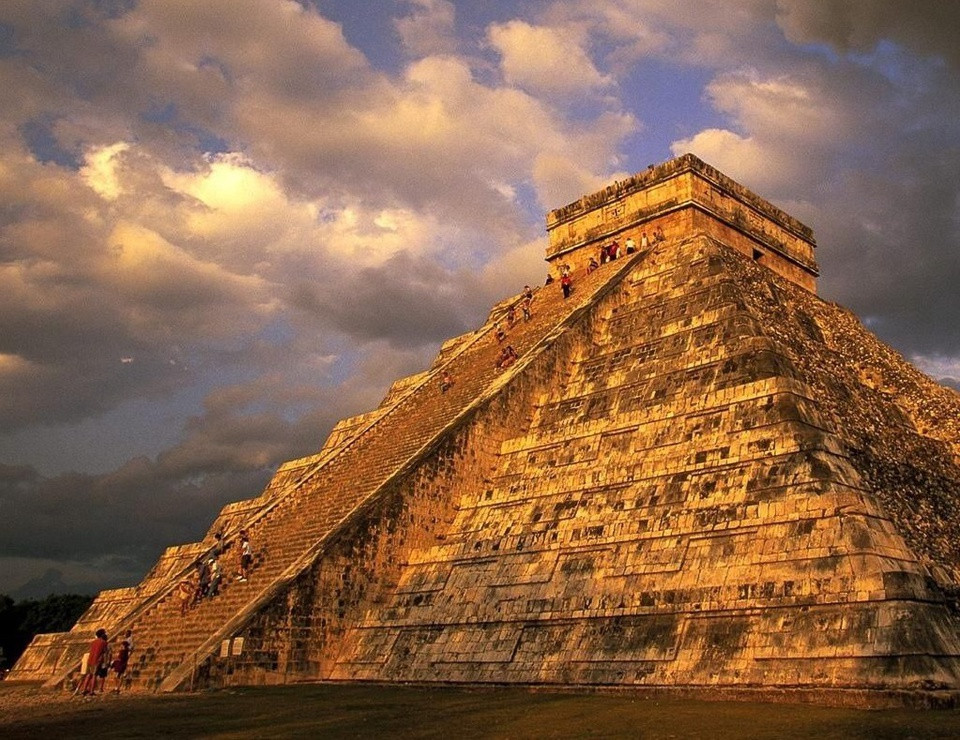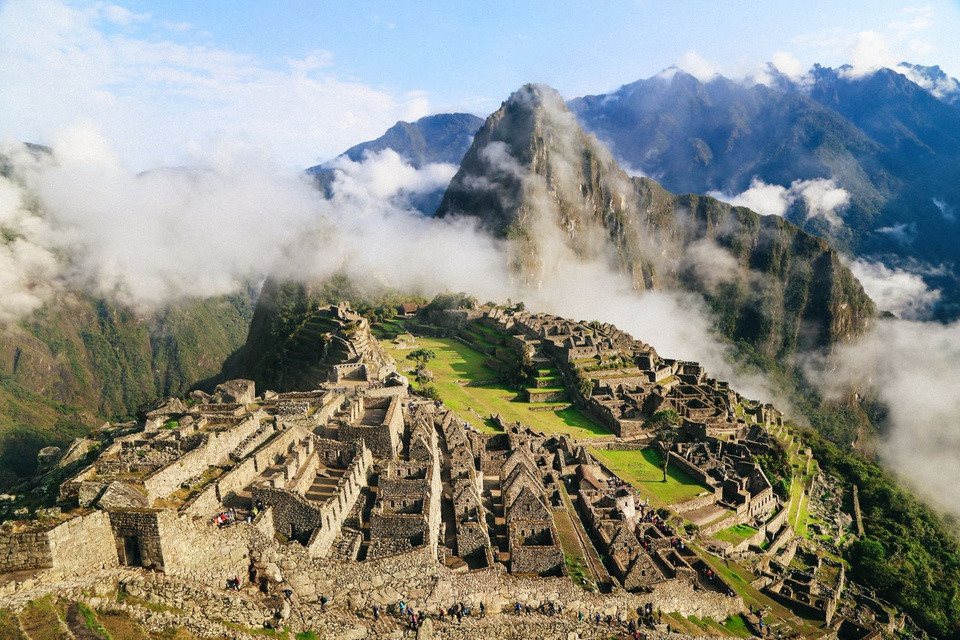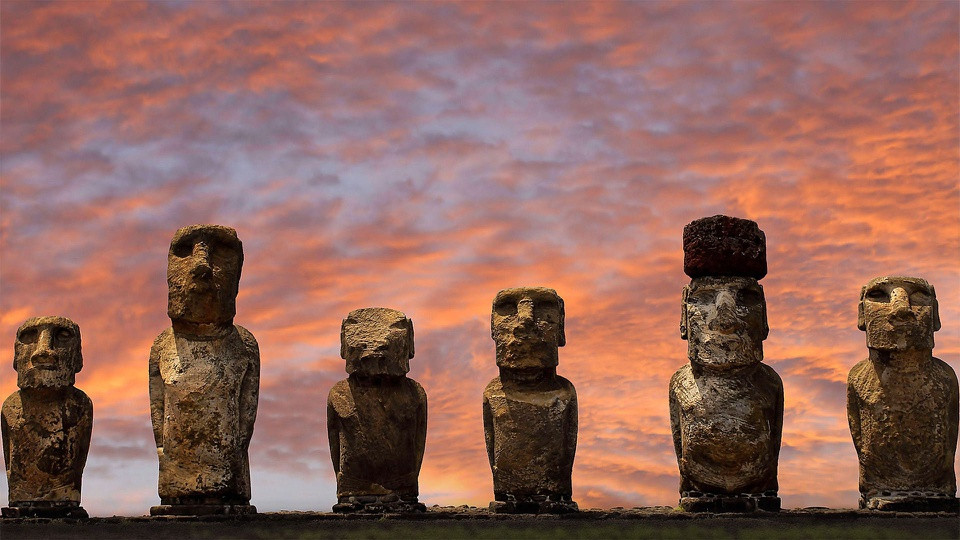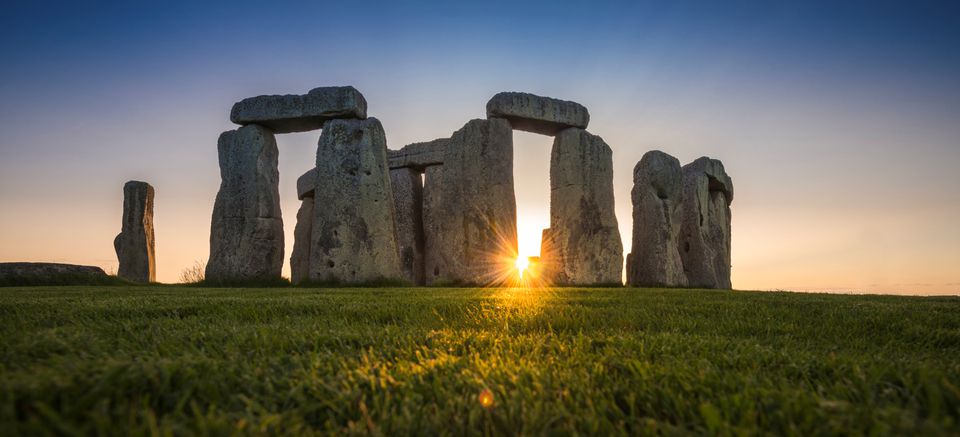
The Mystery of Stonehenge
Stonehenge is a Neolithic and Bronze Age megalithic monument near Amesbury in England. Stonehenge is a familiar image and this rock contains things not everyone knows
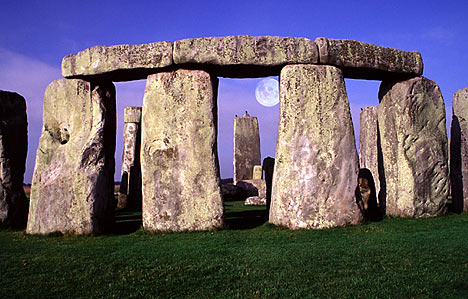
According to scientists, Stonehenge began to be built in the 19th century BC and was completed several hundred years later. In quarries, people have chiseled out large blocks of stone, then rolled them or carried them by river to the construction site. There the rocks are buried 1m into the ground.
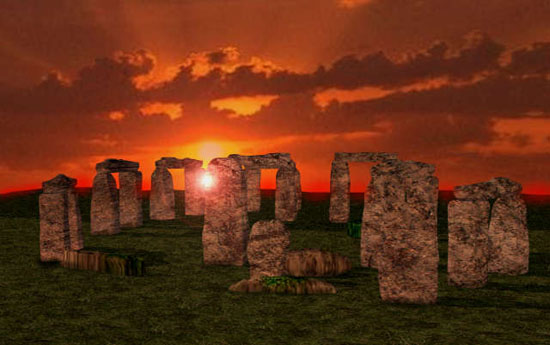
The rocks here are of two types: the hard blocks that make up the building's outer ring, and the softer rocks from the coal and ore seams (hence the name bluestone), which make up the inner ring of Stonehenge. Scientists say the green rocks taken from Mount Prezeli, located about 200 km from Stonehenge, are enough to see how ancient people, when only ropes and sticks, had to spend much effort and life to move. move them.
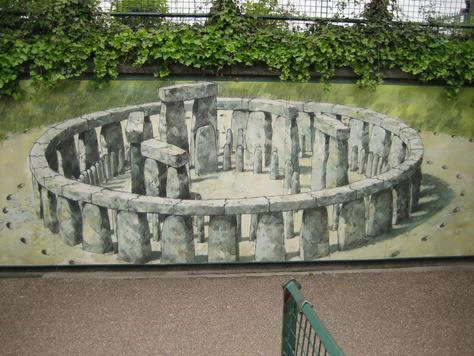
This area and the surrounding areas were recognized by UNESCO as a World Heritage Site in 1986.
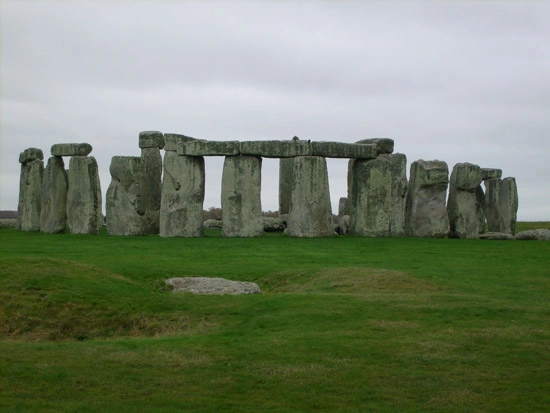
Stages of development
Stonehenge has evolved over the ages. Before its completion, i.e. circa 8000 BC, archaeologists found 5 Mesolithic cylinder holes (one may have been covered by a tree), believed to be around 8000 BC. These pillars were built around a pine tree with a diameter of 0.75m which was erected and eventually rotted. Three of the pillars are lined up east-west which may be of ceremonial significance.
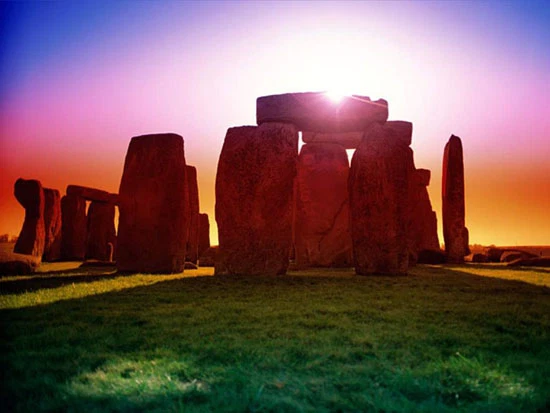
Stonehenge 1 – circa 3100 BC
Consisting of a circular mound and a surrounding hedgerow made from the late Cretaceous, approximately 110m in diameter, with a wide entrance to the northeast and a smaller one to the south. It is located on a wide and sloping lawn.
Stonehenge 2 – circa 3000 BC
At this time, Stonehenge is considered to have functioned as a cremation site, the earliest known cremation of the British Isles. The bones of people who have not been cremated were also found in the filled trenches. Evidence from pottery from the late Stone Age has been found to relate to this period.
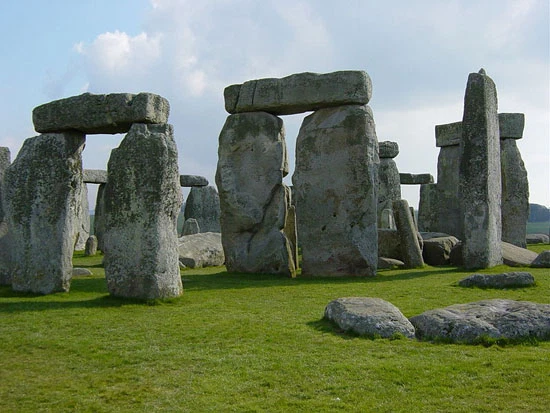
Stonehenge 3 Period I – circa 2600 BC
Archaeologists have shown that around 2600 BC, builders preferred wood over stone and dug two concentric arrays of holes in the center of the site. The stone plugs are only partially known (hence current evidence sometimes described as "crescent" formations), however, they may still have a double ring. The holes represent 80 standing rocks, only 43 of them still standing today.
Stonehenge 3 period 2 – circa 2600 to 2400 BC
A large volume of 30 sandstones was brought here. The stones are decorated with mortises and mortises connected before the 30 stones are erected vertically with a total diameter of 33m, with a ring of 30 stone beams perched on top. The beams are fitted together according to the woodworking method, the blades and the grooves are connected.
Each standing stone is about 4.1m high, 2.1m wide and weighs about 25 tons.
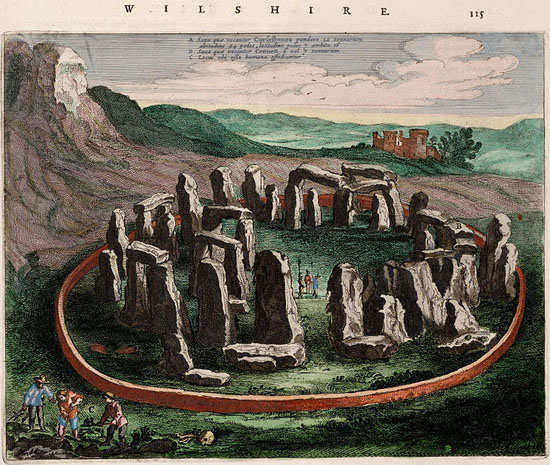
The Stonehenge image was depicted in the 17th century.
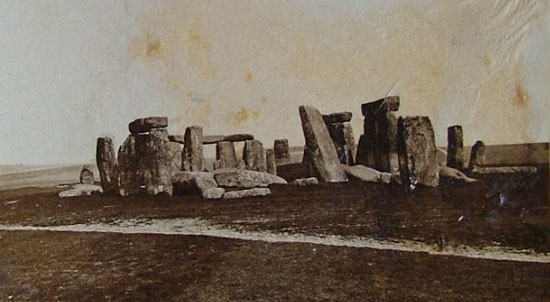
Stonehenge in 1877.
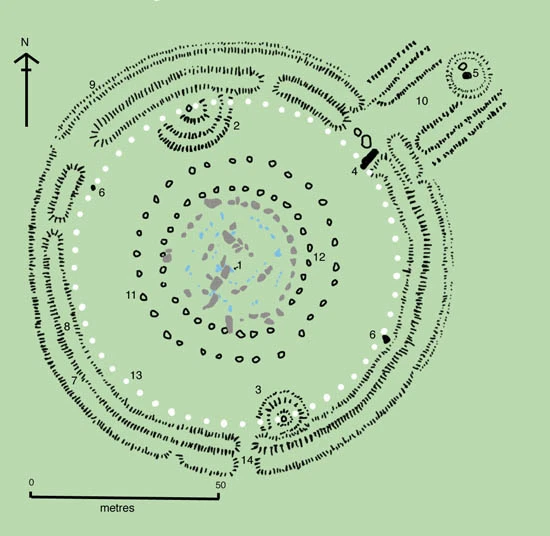
2004 Stonehenge map.
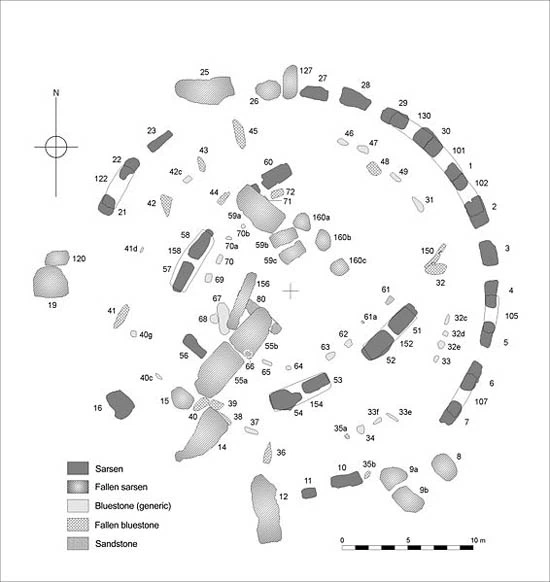
Stonehenge stone architectural map 2008.
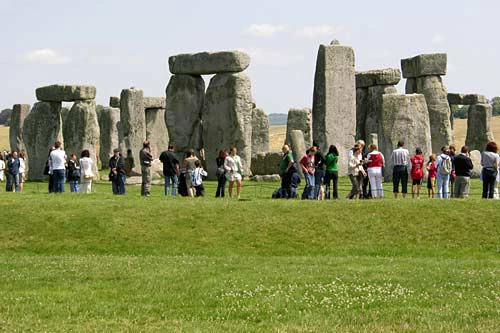
Tourists visit Stonehenge.
Some expert opinions
Originally, when Stonehenge first appeared, it was associated with tombs. Mike Parker Pearson, leader of the Riverside Stonehenge project, said:
"Stonehenge was a burial site from its early period to its zenith around the middle of the 3rd millennium BC. The cremation that began during Stonehenge's sandstone mass period is just one of many of these periods. of the monument's use and proves that it is still many domains of the dead.". “Not many people know that Stonehenge was the largest graveyard in England at that time. Maybe the bluestone circle is where people were petrified before their ashes were buried at Stonehenge.”
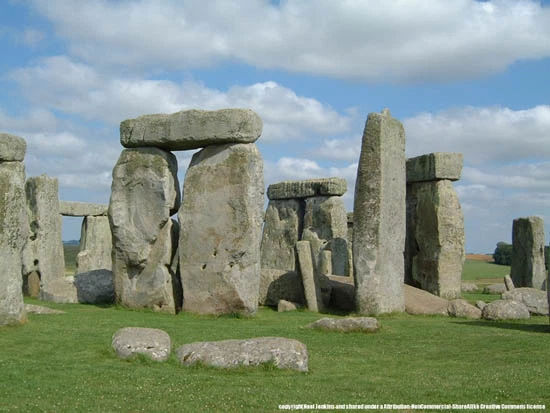
Britain's largest cemetery.
Many scholars have believed that Stonehenge was not fully built. Once completed, Stonehenge will look like a magnificent monument. This cannot be proven because half of the rocks are missing, and many of the rock holes have never been found.
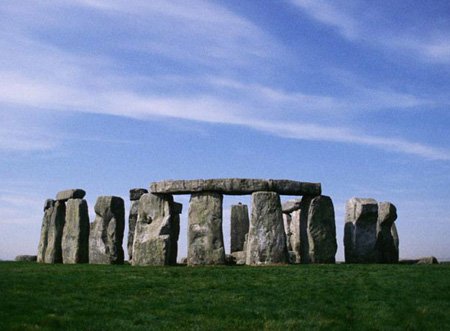
A large scale project.
British archaeologists also discovered a wooden replica of the ancient Stonehenge right at this famous work. This discovery is considered by British archaeologists to be the most interesting find at Stonehenge in the past 50 years.
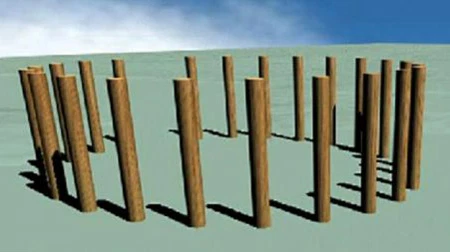
Simulation of wooden circle - replica of Stonehenge.
A deep circular trench surrounding a smaller circle - made up of pits about 1m wide - has been discovered at Stonehenge. Archaeologists believe that these holes were once the location of wooden pillars.
The new circle - from the Bronze and Neolithic times - was found just 900 meters from Stonehenge. This structure is believed to have been built around the time Stonehenge was completed - about 4,500 years ago.



